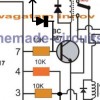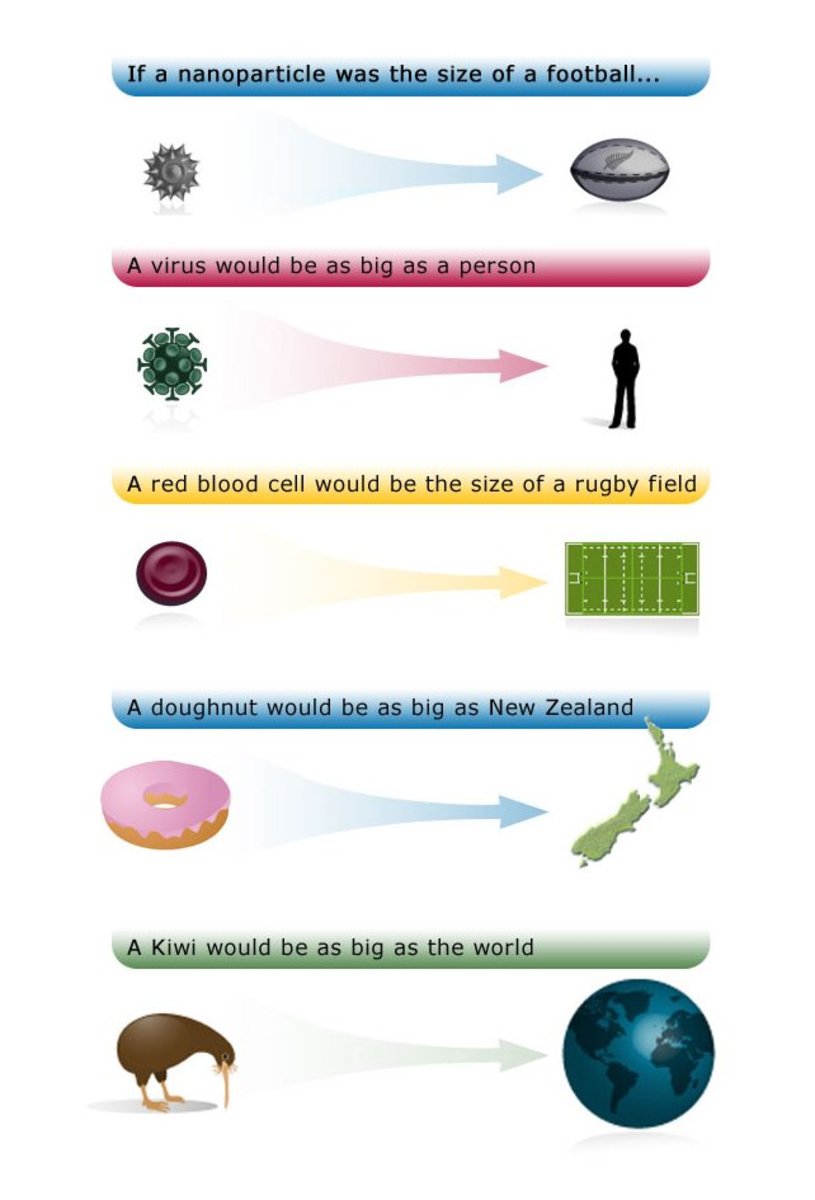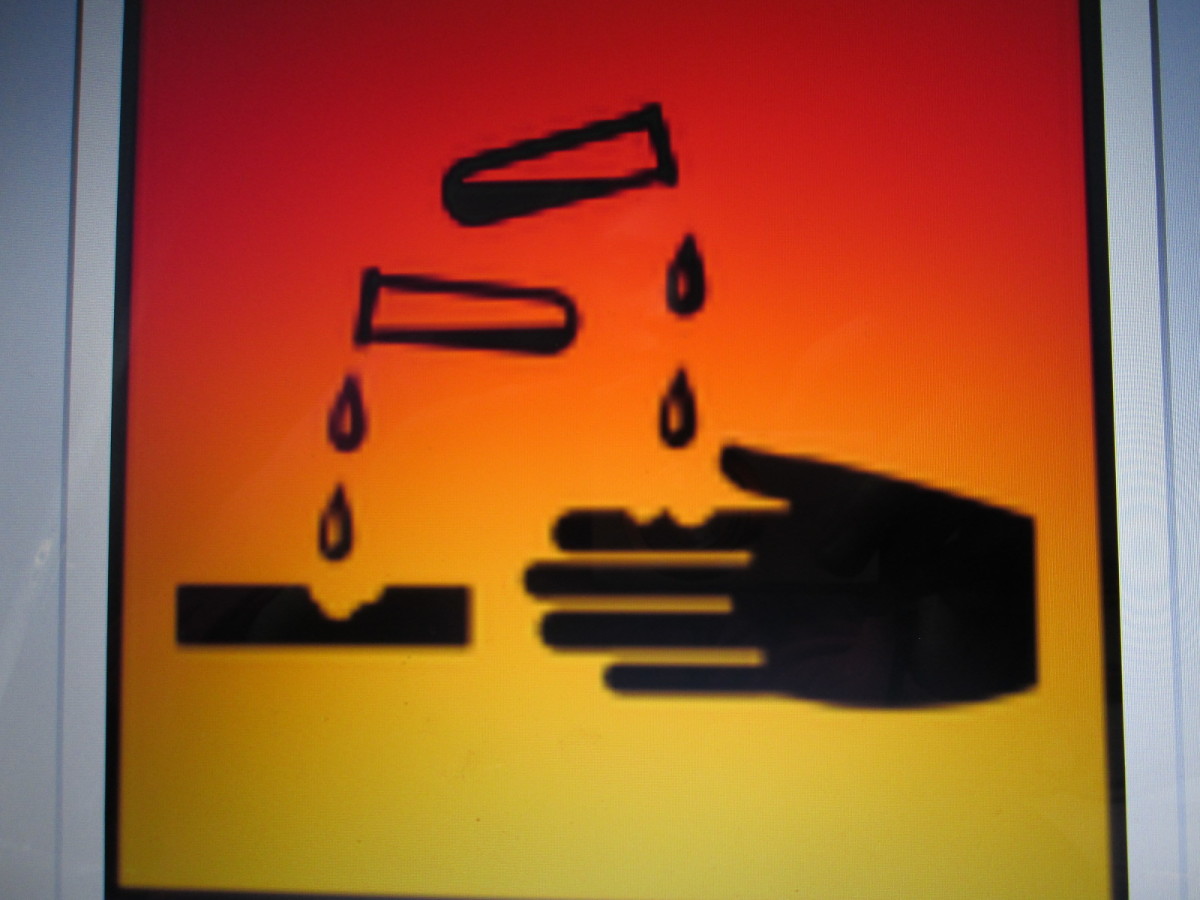Oxy-Acetylene Welding Explained
What's Oxy-acetylene Welding
Oxy-Acetylene welding is a method of joining metals by fusing. The metal on each side of the desired joint is melted and joined by the heat generated from the oxy-acetylene flame. Flame is produced by a blow-pipe served through separate lines of oxygen and acetylene gases stored in special steel cylinders. The combustion of these gases produces an intense heat (a temperature of 4,400°C). Fresh metal is added to the joint by means of a filler rod while welding is in progress. Different metals can be joined together by this process but for each metal there is a different technique. There are two systems of oxy-acetylene welding in general use, High pressure and Low pressure.
What's High and Low Pressure Welding
(a) High Pressure System. In this system, the acetylene dissolved in acetone, is stored in steel cylinders at a pressure of 15 atmospheres (221 lb. per sq. in.),
(b) Low Pressure System. ln this system; the acetylene is generated as required in a low pressure generator. NOTE: `The oxygen for both high and low pressure systems is supplied from cylinders in which it is stored at a high pressure of nearly 2000 lb. per sq. in.
Oxy-AcetyIene Welding Equipment.
The following are a few of the important oxy-acetylene equipment that are used for carrying out the discussed welding procedures.
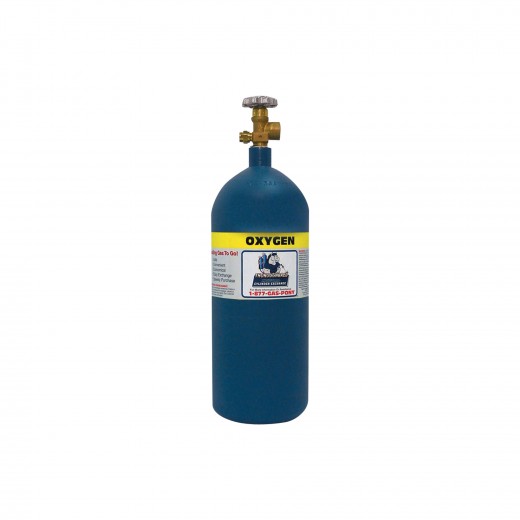
Oxygen Cylinder
This is made of high quality mild steel, the base of which is convex in shape to give greater strength. At the top of the cylinder is fitted an outlet valve, operated by a key and designed to accommodate a pressure regulator. Oxygen Cylinders are always painted black and the outlet valve has a right-hand thread.
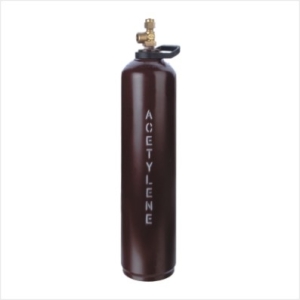
Acetylene Cylinder
This is made of high quality mild steel, but the base isoconcave in shape. As in the case of the oxygen cylinder, the top of the acetylene cylinder is fitted with an outlet valve to accommodate a pressure regulator. The outlet valve has a left-hand thread.
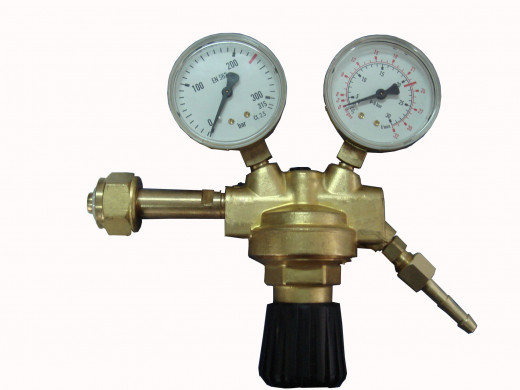
Presure Regulator
Acetylene and oxygen in the cylinders are at much higher pressures than those required for the operation of the blow pipe, and presure regulators (reducing valves) are therefore fitted to the cylinders to give an even flow of gas at the correct pressure for the particular blow-pipe being used.
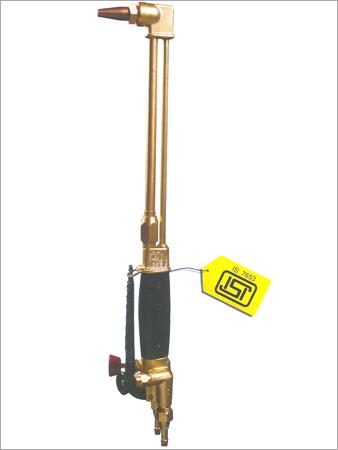
Blow Pipes
The welding blow-pipe is designed for mixing the oxygen and acetylene in correct proportions to obtain the desired type of flame. The cutting blowpipes provide a flame of acetylene and oxygen for heating the metal to be cut and an independent stream of oxygen by which the actual cutting is performed.
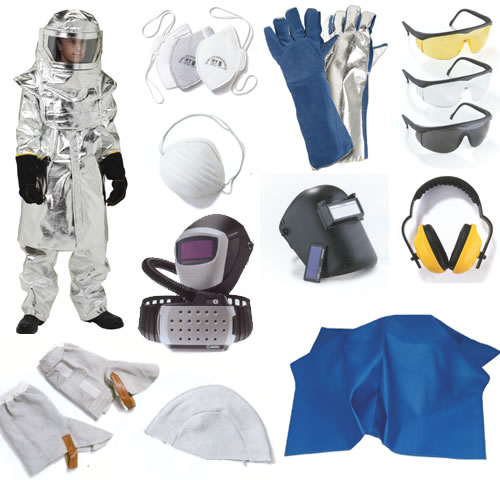
Miscellaneous Equipment
Other important equipment such as cutting guides to guide the blow pipe during cutting operation, gas economizer to reduce the consumption of gas, goggles and gloves to protect the eyes of the operator and exposed pats from ultra violet and infrared rays emitted during welding process, are also supplied.
